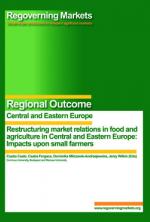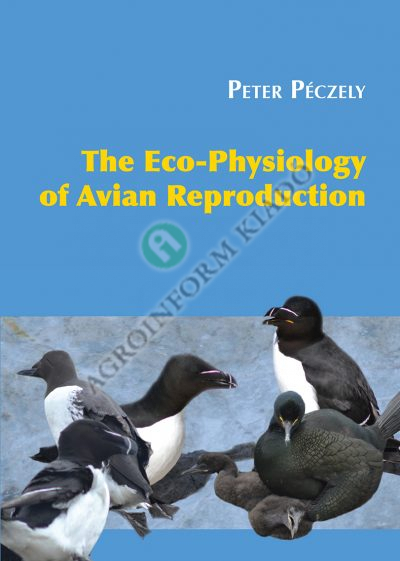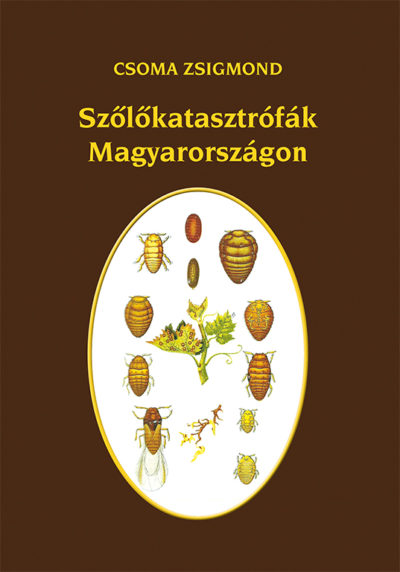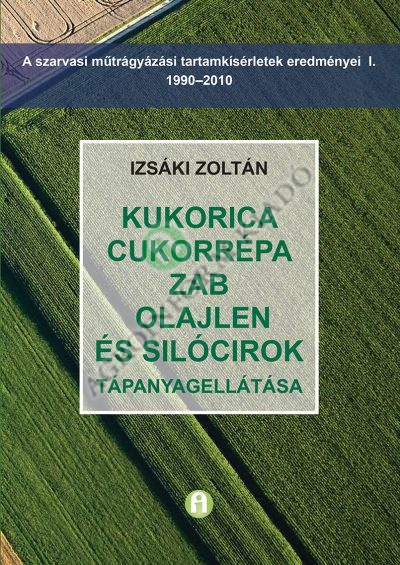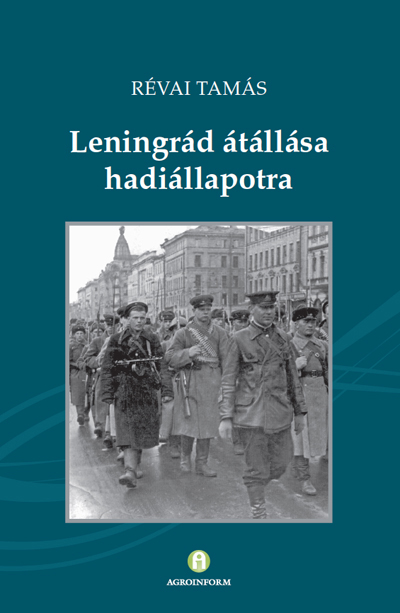Tartalom
Preface
With regard to equity and poverty reduction small farm are preferred to large. Are small farms being marginalized on agricultural markets as new supply chains becoming dominant? This is the key question of Regoverning Markets Project (RM) which started in 2005. The Project initiated and sponsored a broad set of research activities and professional dialogues covering all the six continents of the world. Central and Eastern Europe /CEE/ was one of the regions covered by the Project. The RM activities in the CEE countries were coordinated by the Department of Agricultural Economics and Rural Development at Corvinus University of Budapest Hungary and were conducted in Poland, Hungary, Bulgaria and Russia. The regional outcomes of the project were presented and discussed at a regional seminar on November 7–8, Warsaw, Poland. This volume includes the materials presented at this seminar including an overview of the overall project objectives and initial findings.
The transition to market economies and changes in the political system have made significant impacts upon the various components of the food chain and related market relations in the region. Privatization in agriculture and food processing in the first half of the 1990s has been followed by a revolution in the retail sector created by the entry of multinational trading companies and opening of super and hyper markets in late 1990s and in recent years. Markets and market relations have been in constant change and the process is still continuing. Developments have not been uniform across the region. The new EU member states are far more advanced than Eastern Europe and the Balkan and especially some segments of the CIS. There is however, uniform concern on how these changes impact upon the small farmers and what kind of measures can be recommended to facilitate the adjustment of these farms to the evolving new market relations.
As the findings of the RM indicate the answer is not straight forward to the core question of the project. The situation is different in various regions but there is evidence that under the traditional operational patterns of small scale agriculture there is a growing evidence of exclusion. On the restructured markets small farms are quickly loosing their traditional efficiency advantages due to increased transaction costs to participate in the markets. In fast growing economies small farmers might find other opportunities for income earning than agriculture. In most of the transition countries however there are many reasons to be concerned about small farmers and the social implications of changing agricultural market patterns.
The Central and East European region similarly to the world is diverse. The threat toward small farmers is uniform but it is manifested in many different forms under different conditions. One of the major outcomes of Regoverning Markets is providing reach comparable empirical evidence of the small farmers adjustment to restructured markets instead of anecdotal stories. The project has confirmed the threats as well as brought up a large variety of approaches on the successful responses to the new situation. There are many examples of successful adaptations as presented in this volume. They are however hardly uniform and do not cover all the small farmers.
One essential factor of adjustment is the existence of conducive overall policy and institutional environment. First of all the macro economy has to be stable and public goods –rural roads, education, health care and agricultural extension are guaranteed on an acceptable level. The project findings /see Poland study/ underlines the importance of good governance, ensuring the rule of law in the countryside, the transparency of public interventions and dispute resolution. It is essential, however, that policy makers are aware of specific difficulties of the small farmers and understand that targeted actions are also needed to facilitate the adjustment of small farmers to changing markets. Successful intervention in the interest of small farms requires that governments have an interest mobilizing the support needed and the capacity to do so. The private sector generally has interest and resources to get involved. The public sector however has a crucial role to provide direction, coordination and specific funds to get started.
Many problems of small farmers are rooted in the small farmers themselves. Accordingly the small farmers understanding and willingness to change are also crucial components of the problem. Some of them are conservative and reject innovation and change, others just do not know what to do. The public sector, the private companies, NGOs and farmers associations together have to create the knowledge base and incentive for change. Key element of the change is the cooperation among small farmers. It seems to be a general conclusion that a higher degree of cooperation among the small farmers and other players in the product chains is essential for moving forward.
There is long and cumbersome history of small scale agriculture development in most of the countries of the region. Markets, even much liberalized often fail in rural areas, the private sector behaves in a distorted fashion and, the traditional approach of the public sector leads to failures in a rural environment. RM project indicates that innovation, a major change in the traditional behaviour along the whole product chain is needed both in approaches and institutions to support small farmers in the changing market environment. The project resulted in a number of concrete examples of successful adjustment among different conditions and environment. A detailed country study from Poland and other cases from the region are presented in this volume. The main findings and directions of these cases and the related policy conclusions represent the major outcomes of Regoverning Markets Project in CEE.
Csaba Csaki
Csaba Forgacs
CEE Regional Coordinators
Corvinus University of Budapest, Hungary
Contents
Preface
Part One: OVERALL FRAMEWORK
1. SMALL-SCALE PRODUCER IN MODERN AGRIFOOD MARKETS
Empirical studies
Innovation and good practice
Policy outreach and learning
Emerging findings
The extent of market restructuring
The role of producer organizations and collective action
The role of intermediaries
Finance
An enabling public policy
A responsive private sector
Policy processes for chain-wide learning
The role of external support
Implications
2. OBSERVATIONS ON REGIONAL LEVEL
Evolving components of vertical relations in food and
agriculture
Primary agriculture: emergence of millions of smallholders
Food processing industry: Privatization – Modernization –
Increased competitiveness
Retail sector – revolutionary changes
The intermediary trading system-quick adjustment
Small farmers in the changing markets
Policy issues
Government policies influencing vertical chains
Government policies to facilitate small farmers adjustment
References
Part Two: COUNTRY STUDY
RE-GOVERNING DAIRY SECTOR IN POLAND
Introduction . . . . .
Restructuring of the dairy sector and food market in Poland
The role of agricultural economy
Characteristics of milk production and processing industry
Milk production
Dairy processing segment
Market regulations
Overall national food market restructuring
Methodology of the research
Selection of study sites
Methods of qualitative survey
Methodology of quantitative survey
The results of the qualitative study
Restructuring of downstream segments in the supply chain
Processing segment
Barriers for the processing segment
Structure of sale in large and small dairy processing companies
Logistics
Wholesale segment
Decreasing profitability and a change of wholesalers strategies
Wholesale segment as an important intermediary for local
chains and independent shops
Wholesalers also prefer large suppliers
Retail segment
Growth of large retail chains from regional perspective
Quality improvement and increased demand for dairy products
Power relationship in downstream segments
Consumer preferences
Contracts
Changes in production and marketing at farm level
Production trends
Milk specialization
Increase in herd size and production
Polarisation
Alternatives for those who quitted milk production
Production services (input service)
Investment opportunities
Input use
Production constraints – Quota system and access to land as
main barriers to grow
Marketing channels
All milk delivered to dairies
Deliveries to dairy, three channels
Marketing incentives
Special premiums regardless to the choice of marketing channel
Premiums encouraging farmers to shift to direct collection
from the farm
Dairy assistance to farmers
Market institutions and marketing infrastructure
Actors on the market
Sales opportunities for larger producers improved
Milk deliveries
Cooperation between farmers
Marketing constraints – Difficulties with changing purchaser
Power relationships in upstream segments of the supply chain
Results of the quantitative study
Production and marketing – descriptive analysis
Labour, human capital and gender characteristics
Production, organizational and managerial characteristics
Marketing
Impacts of market choice
Econometric models and estimation
Results of the econometric estimation
Determinants of market channel choice
Determinants of farm revenues
The main findings
Policy Recommendations
References
Annexes
Part Three: CASES
1. INCENTIVE STRUCTURE IN PUBLIC POLICIES – EXAMPLE OF THE LAW ON PRODUCER GROUPS IN POLAND
The situation before the policy innovation
The key champions leading the policy innovation
A description of the policy
The situation after the policy innovation
An indicative assessment of the costs and benefits of the
policy innovation
Enabling conditions under which the innovation might
be replicated
References
2. INCLUSION OF SMALL-SCALE DAIRY FARMS IN SUPPLY CHAIN IN BULGARIA (A CASE FROM PLOVDIV REGION)
Introduction
Background and situation before innovation
Content of business innovation
Starting up and developing a modern dairy processing enterprise
for locally produced milk
Installing milk collecting, cooling, and controlling facilities in the
neighborhood to small-scale farms and within groups of farms
and bigger farms
Modernizing milk supply and processing quality according to the
top industry standards and EU requirements
Building an effective system for governing relations with individ ual farmers
Setting up company mark and label, and building reputation for
high quality and authentic origin products
Introducing a great variety of specific, original and locally
produced dairy products in a big selection of packages into
regional, national, and international markets
Evidence of inclusion of small-scale producers
Drivers and changes of inclusion
Cost, benefits, and sustainability of inclusion
Up-scaling and replication of model
References
Annexes
3. MÓRAKERT COOPERATIVE: A SUCCESSFUL CASE OF LINKING SMALL FARMERS TO MARKETS FOR HORTICULTURAL PRODUCE
Introduction
The supply chain of the Hungarian horticultural sector
The vegetable sector within Hungarian agriculture
The processing sector
The retail sector
Consumption
Price transmission analysis in the Hungarian vegetable sector
Price competitiveness of selected vegetable products and potatoes
Regulation of the fruit and vegetable sector in the EU and
Hungary, especially regarding producers’ organizations
The development of Mórakert Cooperative
The innovation
The market and its supply chain
Forms of inclusion
Empirical analysis of the questionnaire
Reasons for the choice of cooperative
The share of the cooperative
Conclusions
References
4. AVIUM AGRICULTURAL CO-OPERATIVE AND AVIUM 2000 POULTRY PROCESSING
CO-OPERATIVE SUCCESSFUL CO-OPERATIVES IN THE HUNGARIAN POULTRY SECTOR
Background
Literature review
Methods
Results and Discussion
Innovation: history and operation of the AVIUM and AVIUM
2000 co-operatives
Forms of inclusion in the vertical chain and the governance of the
co-operatives
Vertical and horizontal connections of AVIUM and AVIUM 2000
General characteristics of the co-op members: inclusion
conditions and motives
Specific characteristics of the farmers: two clusters of future
anticipation
Cost and income factors of the co-operative membership
Conclusions and recommendations
Sustainability and uniqueness
SWOT analysis and the possibilities of developments, up-scaling
and replication
References
5. TOMATO SMALL-SCALE PRODUCERS IN ASTRAKHAN REGION OF RUSSIA
Background – The macro and meso context
Smallholders – the major vegetable producers in Russia
Russia’s tomato food chain
Production and imports
Wholesale sector
Packing industry
Quality assurance
Consumption
Prices
Problem statement
State policy of supporting smallholder producers
Ground for selection of Astrakhan region
Methods
Results
The supply chain and its segments
Producers
Intermediates
Consumers
Innovation
Forms and costs/benefits of inclusion
The potential for up-scaling /replication
Conclusions and recommendations
References
Annexes


